Hello there, fellow Daily Bloggers! 👋
I'm so excited to be part of this awesome community. I’m a newbie here and I would like to share, learn, and get inspired too! Today, I'm going to share with you our escapade to Dumaguete, going to Sibulan. But first, let me tell you some facts about this wonderful city of Dumaguete.😉
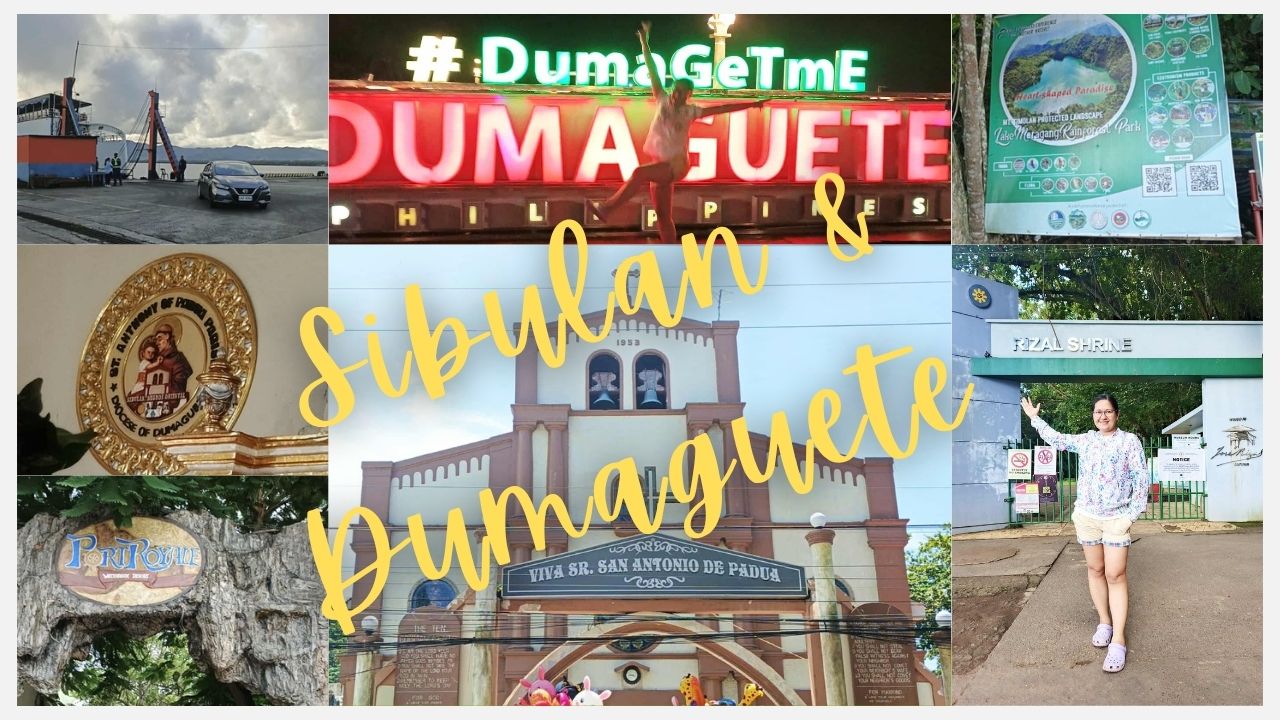
Known for its warm, welcoming, and hospitable residents, the City of Dumaguete offers a strong sense of belonging and emotional comfort to both locals and visitors. This genuine friendliness helps build a close-knit community and plays a key role in the city’s reputation for safety and its overall inviting atmosphere.
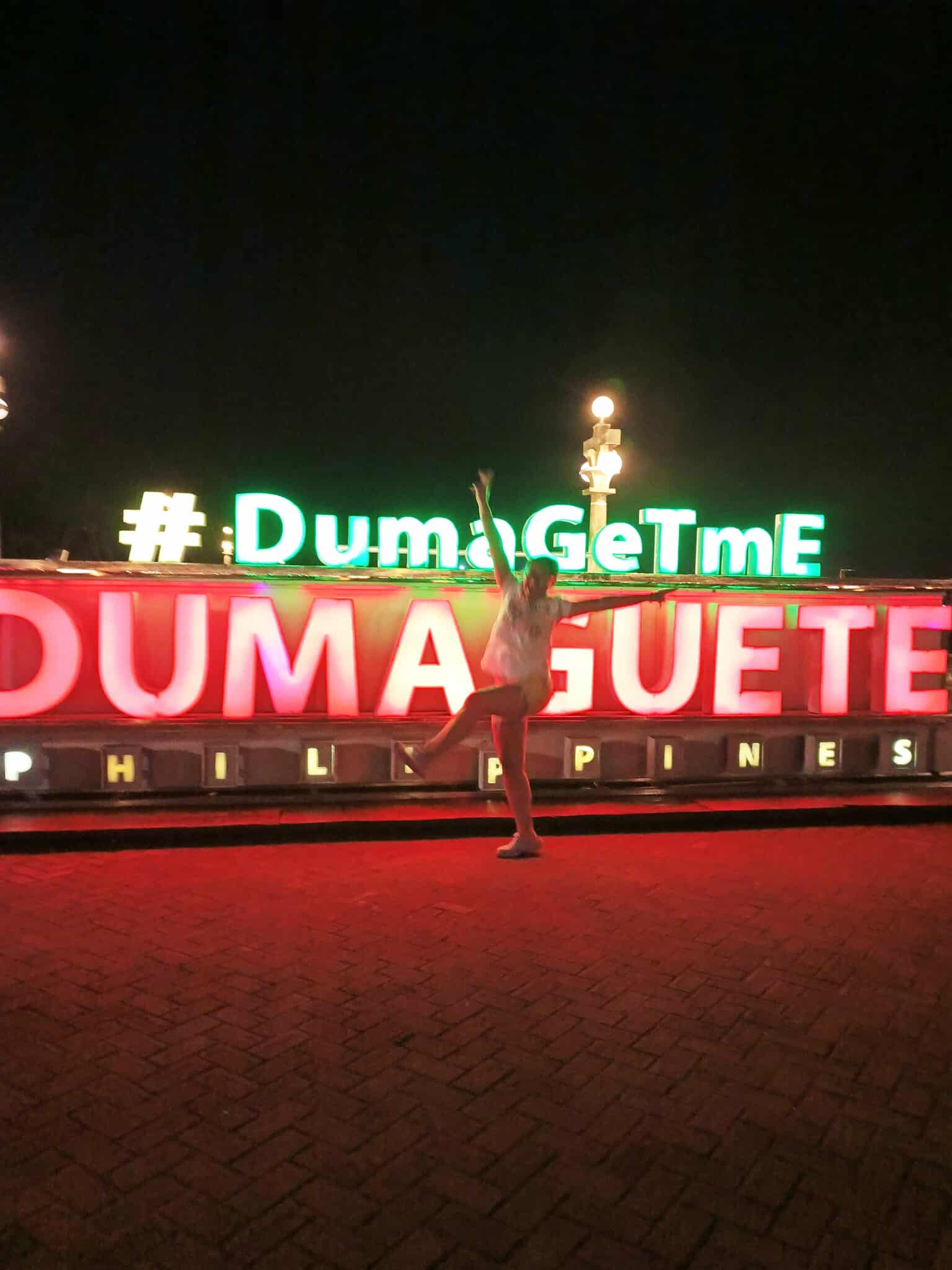
“Dumaguete” was coined from the Cebuano word dagit, which means “to snatch”. The word dumaguet, meaning “to swoop”, was coined because of frequent raids by Moro pirates on this coastal community and its power to attract and keep visitors, both local and foreign. In 1572, Diego López Povedano indicated the place as Dananguet, but cartographer Pedro Murillo Velarde in 1734 already used present name of Dumaguete for the settlement.

Dumaguete, the capital of Negros Oriental, is a coastal city on the southeastern side of Negros Island. Known as "The City of Gentle People," it sits near the Banica River and is surrounded by Sibulan,(where actually we're headed to as our final destination 😊), Bacong, and Valencia. With over 131,000 residents (as of 2015), it's the province's most populous city, nestled between the sea and volcanic mountains like Mount Talinis.
Let me take you along on our adventure to Sibulan, Negros Oriental - the beloved hometown of my partner’s father.
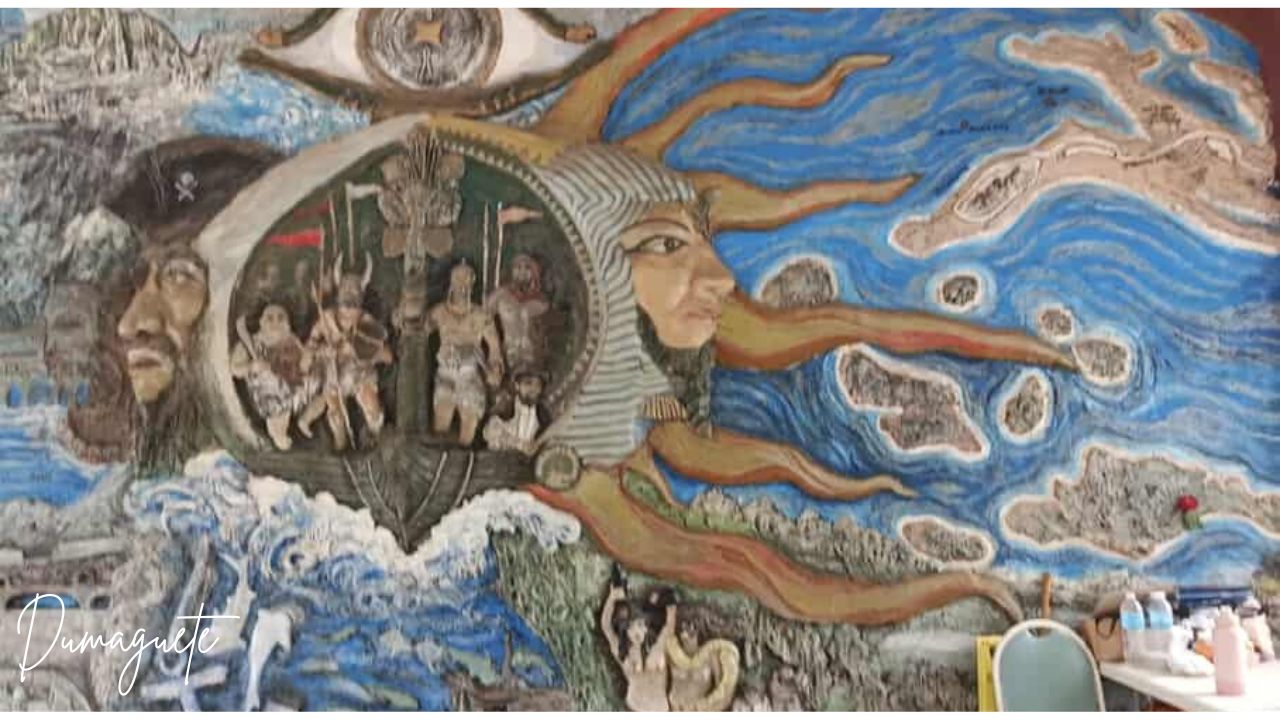
I’m from Tacurong City, Sultan Kudarat, but every year we make the journey to Dumaguete to celebrate the "Patronal Fiesta" in Sibulan—the Feast of Sr. San Antonio de Padua, Negros Oriental, Philippines. It’s our panata (a promise) to the patron saint to visit and take part in the festivities each year.

We left at 4:00 AM and traveled for about 9 hours to reach the Port of Dapitan, just in time to catch the 2:00 PM barge to Dumaguete. The journey took us through several cities and towns, each adding its own charm to the trip. As we step onto the barge, I felt a mix of emotions—mostly excitement for my first long-distance trip in a year. We arrived at Dumaguete port around 6 PM, tired but fulfilled after a scenic journey. That night, we stayed at my partner’s relative’s house in Sibulan, where the patronal fiesta is being held.



The following day was the feast of Sr. San Antonio De Padua. The whole town was alive with energy—everyone was busy preparing food, as each household welcomed visitors with open arms. It’s a cherished tradition and a heartfelt way of giving thanks to San Antonio de Padua for the blessings they’ve received. Early in the morning, we rushed to the shore to witness the fluvial parade honoring the patron saint. Watching the beautifully decorated boats glide across the water, carrying the image of San Antonio, was truly an amazing and unforgettable experience!
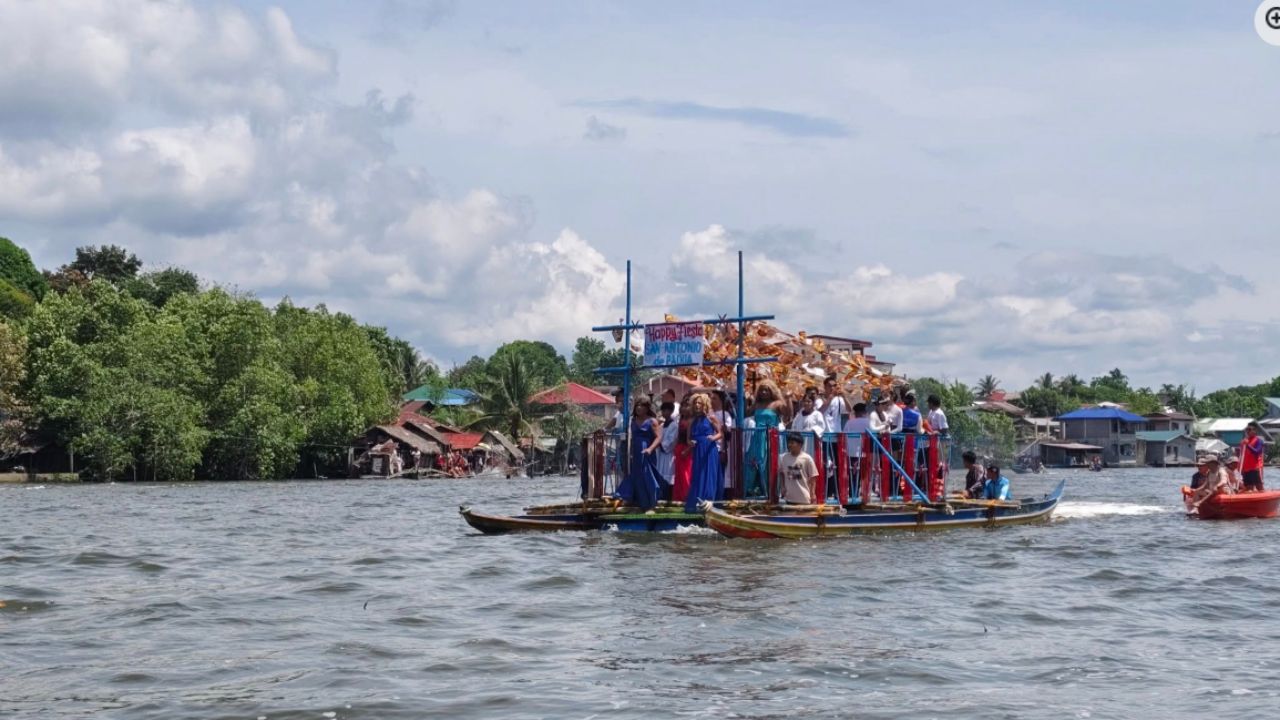
Afterwards, we prepared to attend the Holy Mass at the San Antonio De Padua Church. That Mass was truly special—I even got goosebumps, perhaps because I felt the presence of the patron saint. It was a beautiful and moving experience.
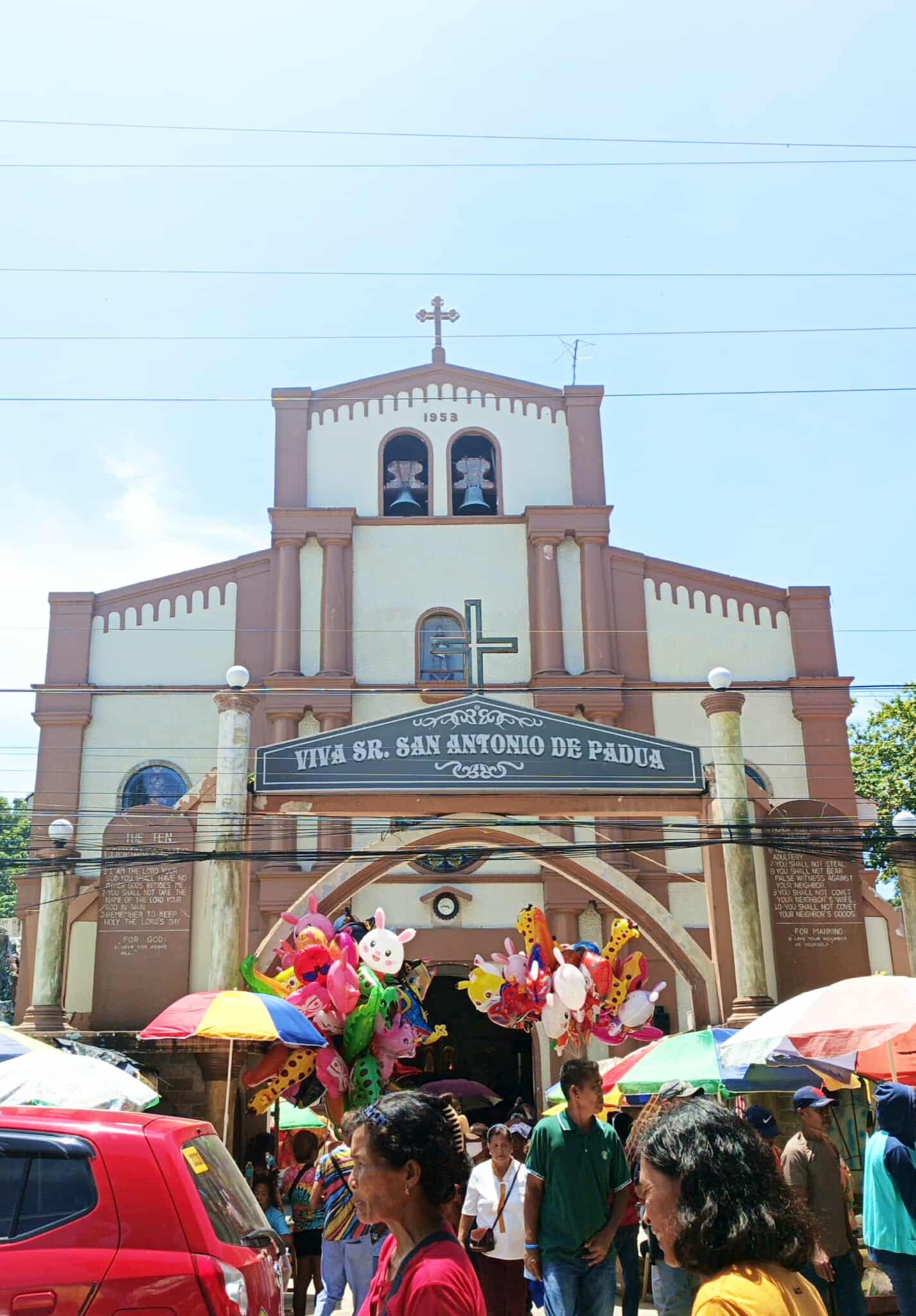
The Holy mass was presided over by the Archbishop, along with priests from various towns around Dumaguete, making the celebration even more meaningful.


They have a unique tradition during the Mass: if you want to ask for help or blessings from the patron saint, you join a line, hold onto a long rope tied around the saint’s waist, then place it over your head while praying and asking for blessings.
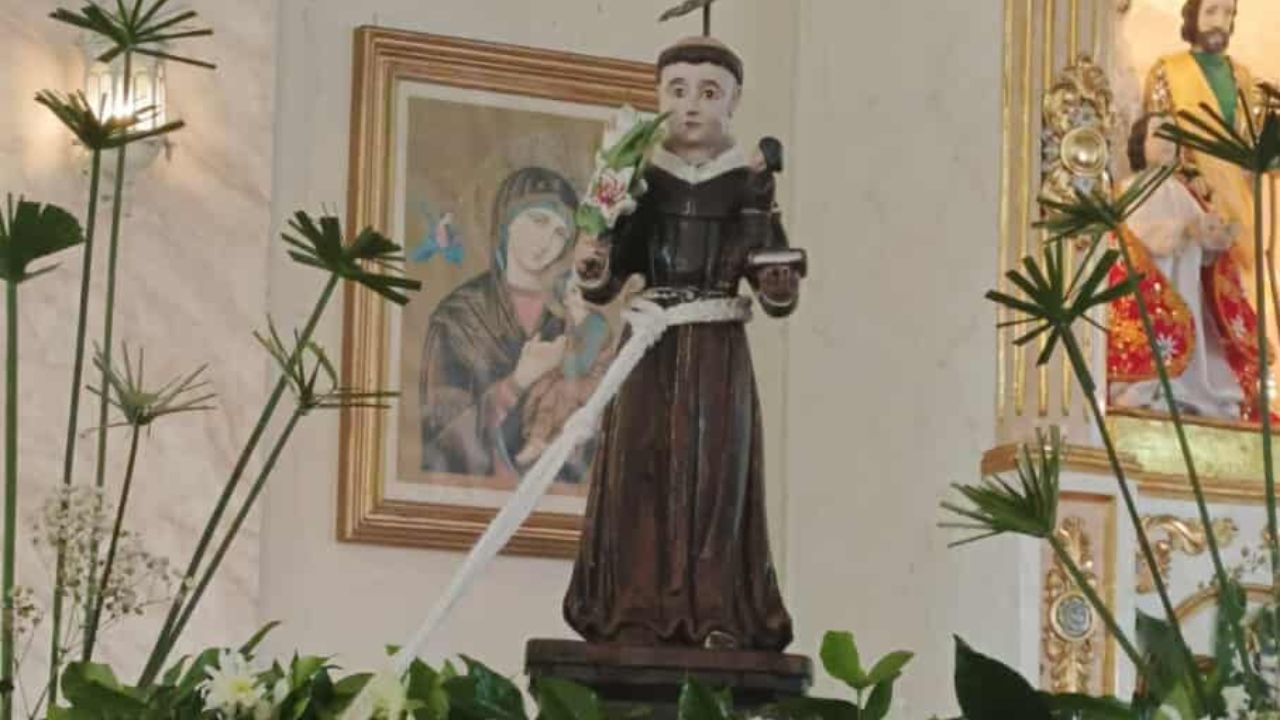
Another tradition that they have is lighting a bunch of black candles, each representing a wish or prayer for something you hope to receive. It’s a powerful and meaningful ritual that adds a special touch to the whole celebration.
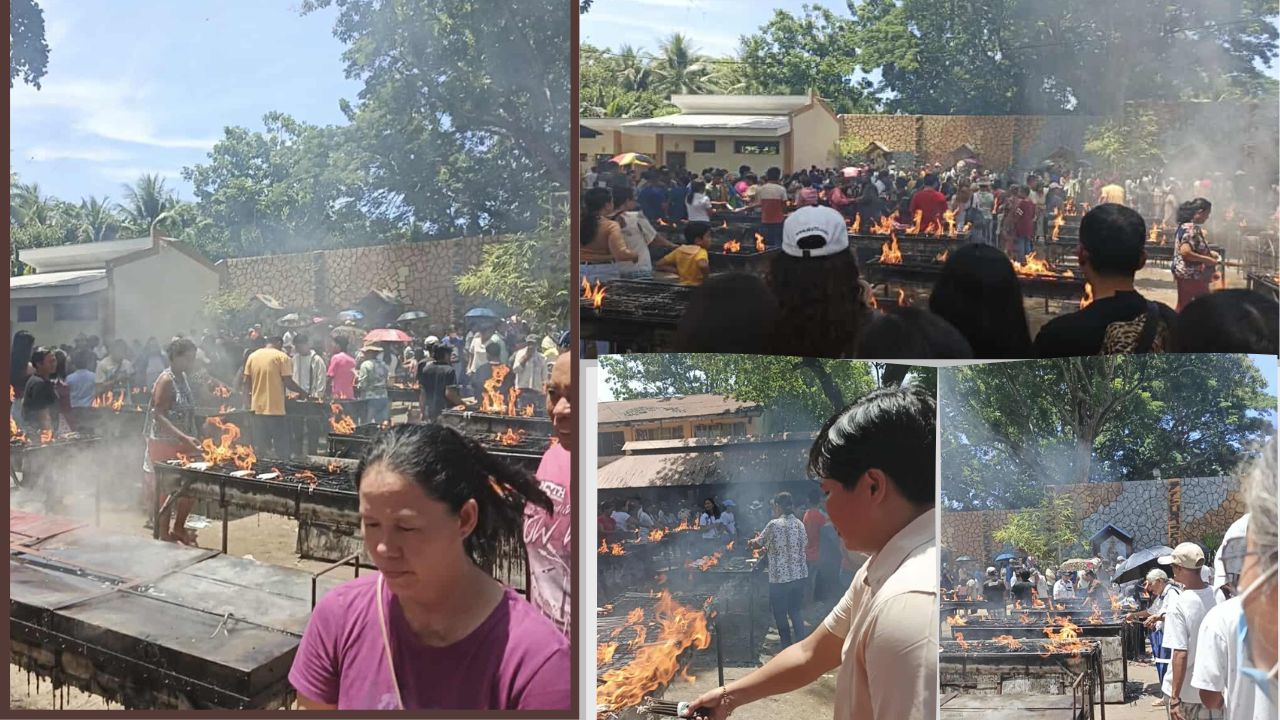
After the holy mass, we went back home to take some rest, then started our visit house to house. we were so confused where to start visiting the house, coz my partner has a lot of relatives there. In order for the relative not to get jealous, we visited each house. And each has a lot of stories shared. we do chitchat, singing, dancing, etc. that celebration lasted 24 hrs. We were so amazed because at night, you will see each house are really celebrating the feast day, and some are with the bands playing. Other relatives kept inviting us throughout the evening—and of course, we couldn’t say no. So off we went again, greeting familiar faces and meeting relatives we don’t often see. There were more stories shared, warm hellos, and even a live band playing. We had so much fun that night—it truly felt like one big family reunion. The night finally came to an end. We were exhausted, but incredibly grateful to have been there—to witness and be part of such a one-of-a-kind celebration.
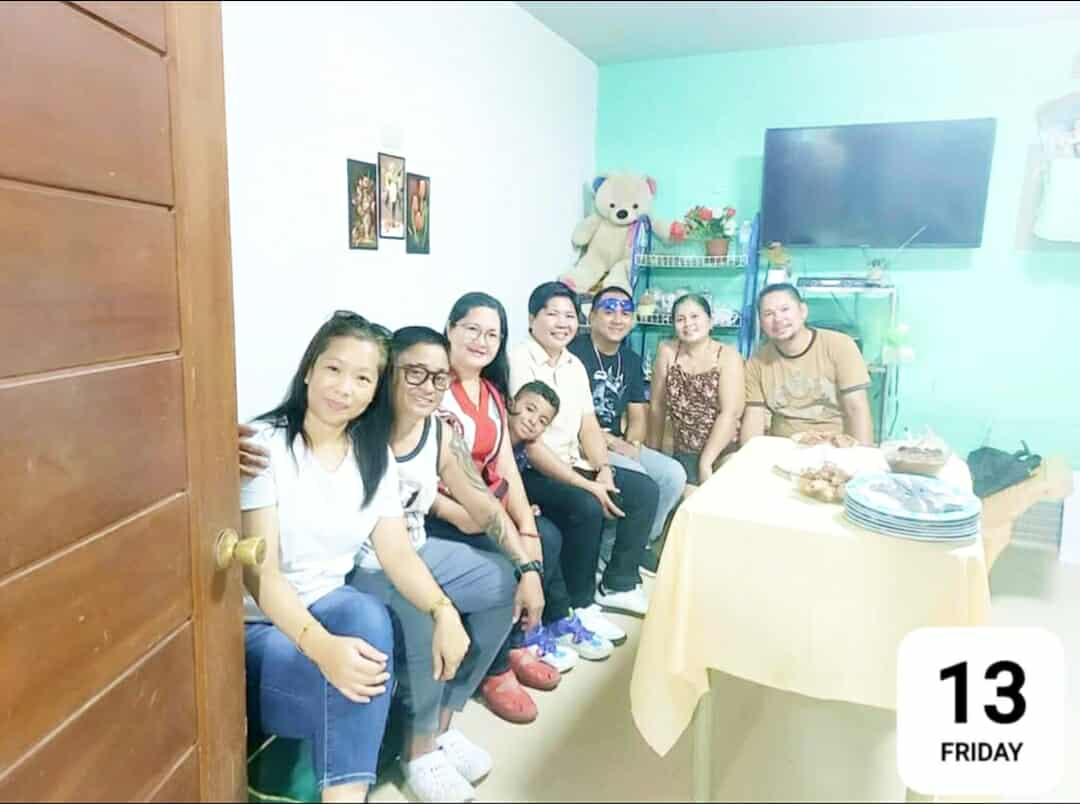

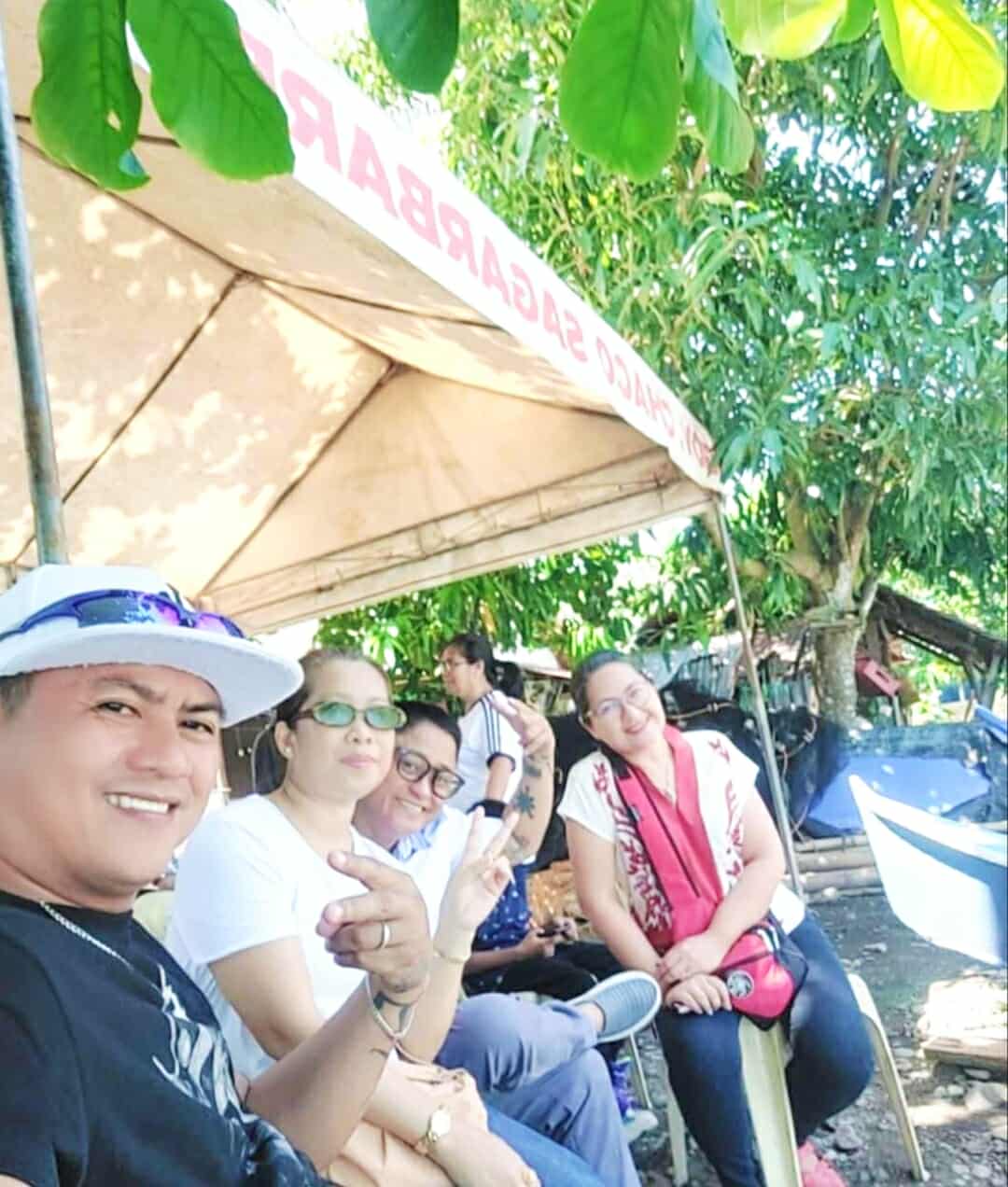

The next day, we visited beaches, swimming pools, and other spots around Sibulan. Later, we enjoyed a night out, sipping drinks by the beachside. After that night, we traveled back home the same way, taking the barge again. When we reached Dapitan, we had a brief chance to tour the city before heading back to our province. It was a truly memorable journey, and definitely—if given the chance—I would love to go back again.❤️




Looking back, it wasn’t just a feast of food and music—it was a feast of connection, culture, and gratitude. Experiencing such a deep sense of community and faith reminded me how traditions like this keep our roots alive and our hearts full. It’s one of those moments you carry with you long after the celebration ends.
Until my next escapade, Hivers! Stay curious and keep exploring! 🌟
Content entirely of my authorship and inspiration. -All photos are captured from my INFINIX Note 40 Phone. -Banners designed in Canva Pro.